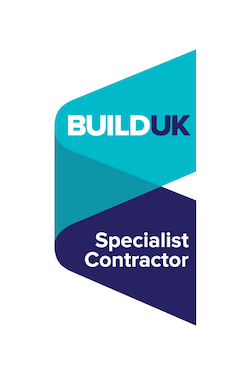The Importance Of Ergonomic Bar Design – Remember The Bartender!
What do we mean by ergonomic bar design?
“Ergonomics is the scientific discipline concerned with the understanding of interactions among humans and other elements of a system, and the profession that applies theory, principles, data and methods to design in order to optimise human well-being and overall system performance.” *International Ergonomics Association
In simpler terms, ergonomic design is about form and function, refining the design of products and spaces to optimise them for human use.… making the workspace comfy! Through effective ergonomic design, we believe that a well-thought-out bar can improve overall productivity, increase bartenders’ enjoyment and comfort, allow for a more seamless guest experience and increase business revenue.
Things to consider when designing your bar;
There is no-one better placed to offer input than those who will be running the bar on a daily basis. Ask the bartender about the equipment they require to enable them to perform their job better, problems they tend to face behind the bar during a busy shift and consider solutions to these in advance when tailoring the design to fit your business needs.
A comfortable working environment is one of the keys to increased efficiency. Take into account the comfort of the bartender during long shifts standing upright and the physical movements they will be required to make during this time. Think about the actions performed on any given night and how the precise location of the equipment affects these. Take beer pouring – are the beer taps at an appropriate height and is the correct glassware in the same location to-hand? Cocktail making – are the glasses, spirit measures, cocktail shakers, strainers and muddlers all positioned together and at easy reach? Is the speed rail at the correct height to avoid the bartender having to lean down too far? We suggest that the speed rail is used only for the most commonly used spirits and mixers to optimise essential space. Is the speed rail in line with the bar top to avoid an uncomfortable overstretch for the bartender?
Consider the steps involved when using daily equipment; the glass wash, fridges, the garnish station, the rubbish bin, the sink, ice bins etc. Test and count the number of steps and movements taken from start to finish of a popular cocktail serve to enable better positioning for comfort and optimum speed.
Considering ergonomics in the design phase can ensure that everything needed for a successful bar shift is to hand, avoiding unnecessary steps, discomfort and stretching, or the need for the bartender to leave the bar space at any stage.

























